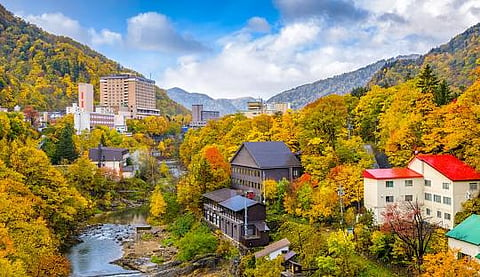

Japan is pouring billions into transforming Hokkaido from a pastoral agricultural haven into a hub for advanced semiconductor manufacturing, marking the country’s most ambitious industrial push in decades. The northern island, famed for its dairy farms, flower fields and ski resorts, is now dotted with cranes as construction begins on factories, laboratories and university facilities aimed at reviving Japan’s position in the global chip race.
For generations, Hokkaido has relied heavily on agriculture and tourism, with few other large industries to anchor the local economy. But Tokyo hopes to recast it as “Hokkaido Valley” – a technology cluster that could help Japan reclaim ground in a semiconductor market worth about $600 billion a year.
At the centre of this strategy is Rapidus, a government-backed chipmaker supported by corporate giants including Toyota, Sony and SoftBank. Launched in partnership with IBM, the firm has raised billions to build Japan’s first state-of-the-art chip foundry in decades, located in the small city of Chitose. The government has committed $12 billion to the project.
Rapidus chief executive Atsuyoshi Koike cites Chitose’s water resources, stable electricity supply and relatively low earthquake risk as key attractions. In a symbolic gesture of environmental harmony, the new fab will be covered entirely in grass. A milestone came with the delivery of an extreme ultraviolet lithography system from ASML, enabling Rapidus to produce prototype two-nanometre transistors earlier this year – a feat only TSMC and Samsung have achieved so far.
Even so, scepticism persists. Analysts warn that Rapidus still lacks the experience and funding required to meet its goal of mass production by 2027. Asean+3 Macroeconomic Research Office estimates that the company will need as much as 5 trillion yen to scale production. Others note that established players like TSMC and Samsung already have deep customer relationships and decades of manufacturing expertise.
Japan’s renewed push comes after years of decline. Once responsible for half the world’s chips, the country’s share has fallen to just over 10 percent. The government has invested $27 billion since 2020 and last year unveiled a further $65bn package to support semiconductors and AI. Yet demographic challenges, including a shrinking workforce and an acute shortage of chip engineers, loom large. Rapidus is partnering with universities but acknowledges it will rely heavily on foreign talent.
Still, momentum is building. TSMC’s expansion in Kyushu, new investments by Kioxia, Toshiba, Micron and Samsung, and rising activity around Chitose signal an emerging ecosystem. Rapidus believes its edge will be speed, offering custom chips delivered faster than global rivals.
For Tokyo, the gamble is substantial – but so too is the prize: restoring Japan’s technological clout and securing future supply chains in an increasingly strategic industry.